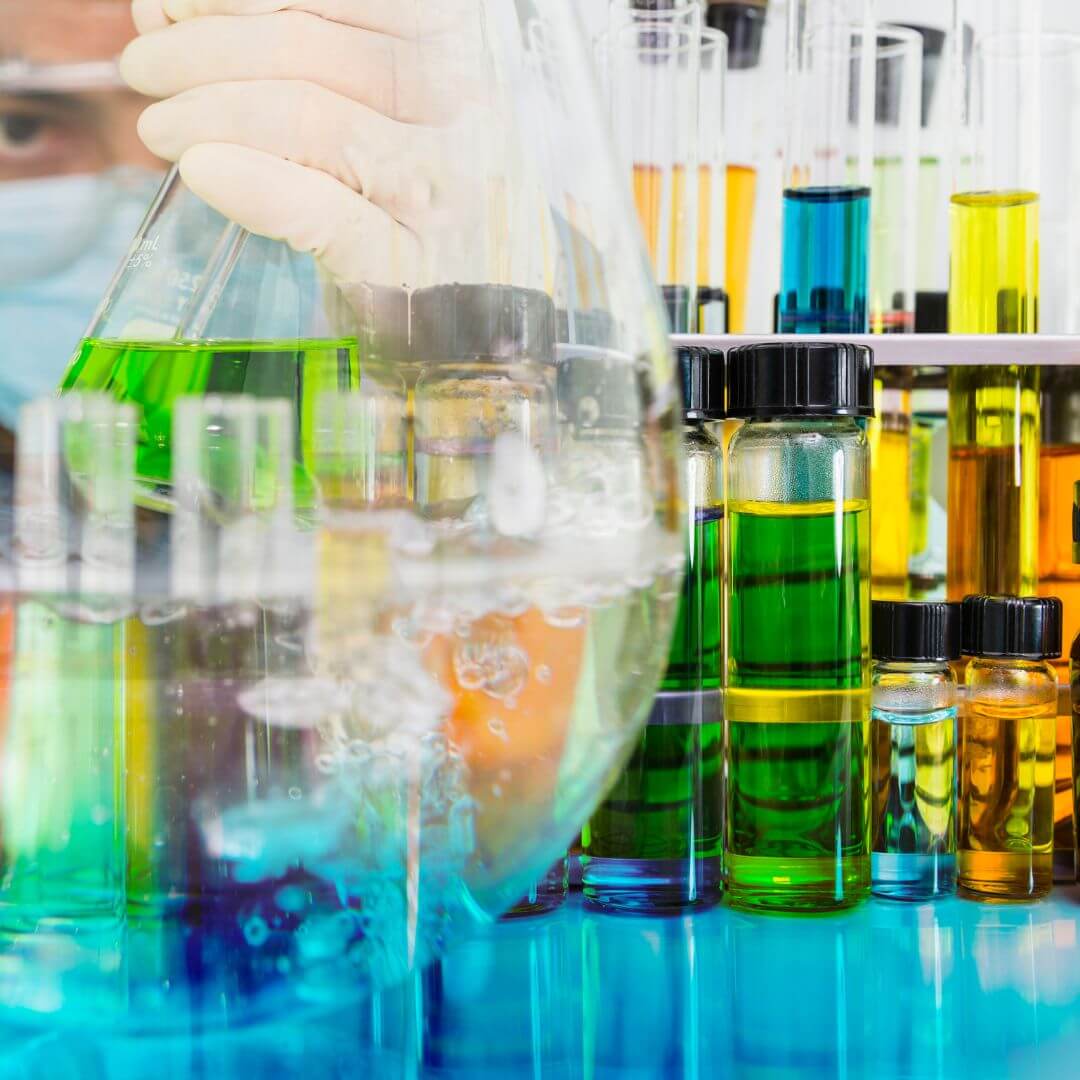Chemicals in Cosmetics - To Ban Or Not To Ban –Australia v The EU v The US
Posted by Naturally Safe Cosmetics on 3rd Jan 2024
(3 minute read)
When it comes to ingredients found in cosmetics and, more specifically, the chemicals used in various formulations, I think a lot of us take the view that if a product is on store shelves, it must be okay. Right?
It is interesting to note, however, that different countries take different approaches when it comes to the regulation of chemicals in cosmetics – and that makes you wonder, which approach is the best?
In this article, we're going to focus on Australia, the EU and the US.

The regulation of chemicals used in cosmetics differs around the world (image source: Canva)
Cosmetics regulation in the European Union (EU)
In the EU, the regulation of cosmetics, known as Regulation (EC) No 1223/2009, bans the use of certain chemicals in cosmetics due to their potential health risks. Here are some lesser-known statistics and details about banned chemicals:
- Number of Banned Chemicals: As of early 2022, over 1,300 chemicals were prohibited in cosmetics in the EU. These include substances known or suspected to cause cancer, mutations or reproductive issues, just to name a few
- Regulatory Stringency: Compared to, say, the US - where the FDA bans or restricts only about 11 chemicals in cosmetics - the EU regulations are significantly more stringent
- Risk Assessment: The EU’s approach includes a comprehensive risk assessment before allowing any new chemical in cosmetics, ensuring a higher level of safety for consumers
- Continual Monitoring: The EU continuously monitors scientific developments to update the list of banned substances, ensuring that new findings about chemical risks are promptly addressed
These regulations are essential for consumer safety, emphasising the EU’s commitment to safeguarding public health with regard to cosmetic products.
Cosmetics regulation in the United States (US)
In the US, the regulation of cosmetics is overseen by the Food and Drug Administration (FDA) under the Federal Food, Drug and Cosmetics Act (FD&C Act). However, the FDA’s authority over cosmetics is comparatively limited and the regulation of ingredients in cosmetics differs significantly from that in the EU and other regions in the world.
Compared to the EU’s extensive list of banned chemicals in cosmetics, the number of substances restricted or prohibited by the FDA is very small and includes examples like:
- Chloroform: prohibited because of its association with cancer risk
- Methylene Chloride: banned due to its carcinogenic properties
- Vinyl Chloride: restricted in aerosol cosmetics products due to its carcinogenic properties
- Hexachlorophene: restricted to no more than 0.1% due to its potential neurotoxic effects
The FDA’s approach to regulating cosmetics focuses more on post-market surveillance and voluntary guidelines rather than pre-market approval, resulting in a shorter list of banned or restricted chemicals compared to other regions like the EU.
Cosmetics regulation in Australia
Australia regulates cosmetics through the Therapeutic Goods Administration (TGA) under the Industrial Chemicals Act 2019 and the Therapeutic Goods Act 1989. However, unlike the EU, Australia doesn't have a specific list of banned chemicals for cosmetics.
Instead, Australia follows a risk-based approach where ingredients are assessed based on their potential risks to human health rather than having a predetermined list of banned substances. This can make it challenging to determine the specific number of banned chemicals but it has been estimated to be similar to or even less than the US.
However, some ingredients are restricted or prohibited for use in cosmetics based on their known risks. For instance, certain substances like mercury, hydroquinone (in certain concentrations) and some specific colourants are restricted or banned in cosmetics due to their potential health risks
Unfortunately, there isn't a definitive list with a specific number of banned chemicals as in the EU. Australia's approach involves assessing the safety of individual ingredients on a case-by-case basis, aiming to ensure the safety of cosmetic products.
Australia's regulatory framework focuses on risk assessment rather than maintaining a specific list of banned chemicals, making it a different approach compared to regions like the EU.
Wrapping up
Hopefully, this article helps you to appreciate that different approaches are taken by different governments and regulatory agencies around the world towards to the issue of cosmetics safety. Personally, I like to check the ingredients label on products that I purchase for myself and my family and, if I'm unsure, then I will do some research on individual ingredients. This helps me to decide which products to choose.
In terms of government regulation in the jurisdictions mentioned in this article, you could probably summarise it like this:
- in the EU, it’s a case of 'prove it causes no harm before we allow it'
- in the US and Australia, it’s more like 'we’ll allow it until someone proves it causes harm’
Which approach do you prefer?


